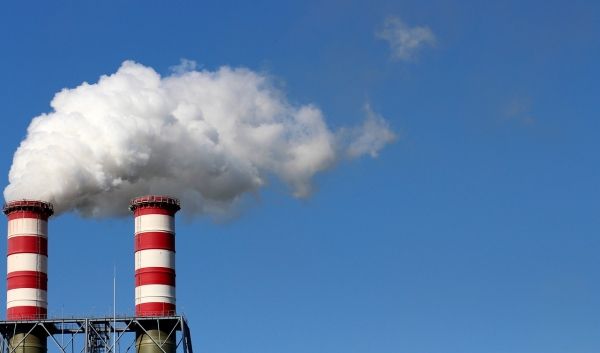When winter smog takes over Asian mega-cities, more particulate matter is measured in the streets than expected. An international team, including researchers from Goethe University Frankfurt, as well as the universities in Vienna and Innsbruck, has now discovered that nitric acid and ammonia in particular contribute to the formation of additional particulate matter. Nitric acid and ammonia arise in city centres predominantly from car exhaust. Experiments show that the high local concentration of the vapours in narrow and enclosed city streets accelerates the growth of tiny nanoparticles into stabile aerosol particles (Nature, DOI 10.1038/s41586-020-2270-4).
In crowded urban centres, high concentrations of particulate matter cause considerable health effects. Especially in winter months, the situation in many Asian mega-cities is dramatic when smog significantly reduces visibility and breathing becomes difficult.
Particulates, with a diameter of less than 2.5 micrometres, mostly form directly through combustion processes, for example in cars or heaters. These are called primary particulates. Particulates also form in the air as secondary particulates, when gases from organic substances, sulphuric acid, nitric acid or ammonia, condense on tiny nanoparticles. These grow into particles that make up a part of particulate matter.
Until now, how secondary particulates could be newly formed in the narrow streets of mega-cities was a puzzle. According to calculations, the tiny nanoparticles should accumulate on the abundantly available larger particles rather than forming new particulates.
Read more at Goethe University Frankfurt
Photo Credit: AdinaVoicu via Pixabay


